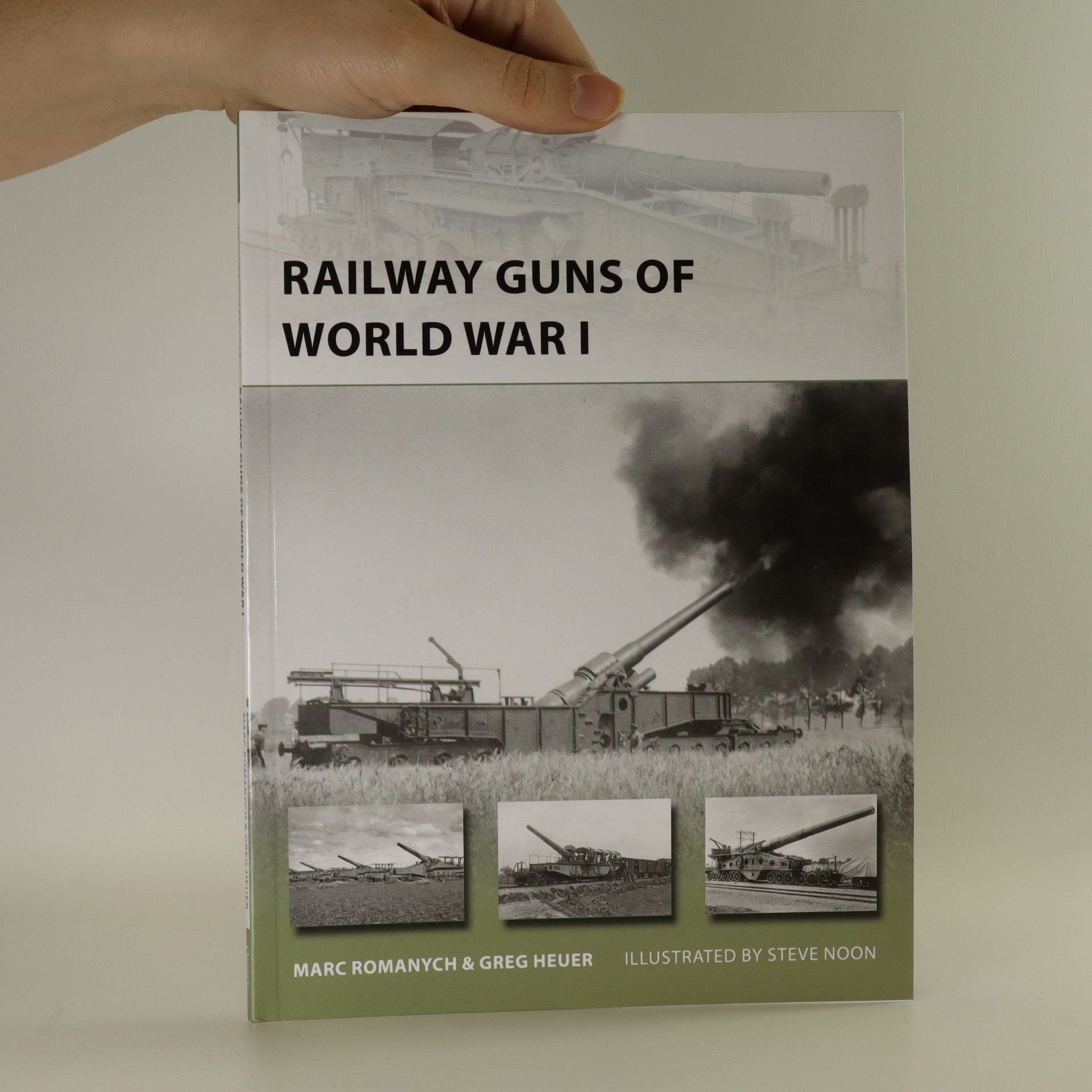World War I was the Golden Age of the railway gun. Even though at the start of the conflict none of the armies possessed any railway artillery pieces and the very idea was comparatively new, more railway guns were used during this war than in any other conflict. Designed to break the stalemate of trench warfare, the first railway guns were simple, improvised designs made by mounting surplus coastal defence, fortress, and naval guns onto existing commercial railway carriages. As the war dragged on, railway artillery development shifted to longer range guns that could shell targets deep behind enemy lines. This change of role brought much larger and more sophisticated guns often manufactured by mounting long-barrel naval guns to specially-designed railway carriages.This book details the design and development of railway guns during World War I from the very first basic designs to massive purpose built "monster" railway guns. Accompanying the text are many rare, never-before-published, photographs and colour illustrations depicting how these weapons were used during World War I.
Marc Romanych Bücher



The HAWK Air Defense Missile System
- 48 Seiten
- 2 Lesestunden
World War II German Super-Heavy Siege Guns
- 48 Seiten
- 2 Lesestunden
"As World War II approached, Germany ordered Krupp and Rheimetall-Borsig to build several super-heavy siege guns, vital to smash through the fortresses that stood in the way of the Blitzkrieg. These weapons - the 60 cm and 54cm Karl-Gerät, the 80cm Gustav, and the 35.5cm Haubtize M1 - were much larger and more complex than the guns of World War I, and required years to build and test. So as war drew near, the German High Command hastily brought some World War I-era heavy artillery back into service and then acquired a large number of Czech Skoda mortars. The advanced new siege guns began entering service in time for the invasion of Sevastopol, and later in the war they were employed sporadically on both the Eastern and Western fronts. Germany used some 50 siege guns during World War II, far more than the 35 it had during World War I. With superbly detailed artwork of the guns, their components, and deployment, this is an essential guide to these super-weapons, exploring their history, development, and use in detail."--Back cover.